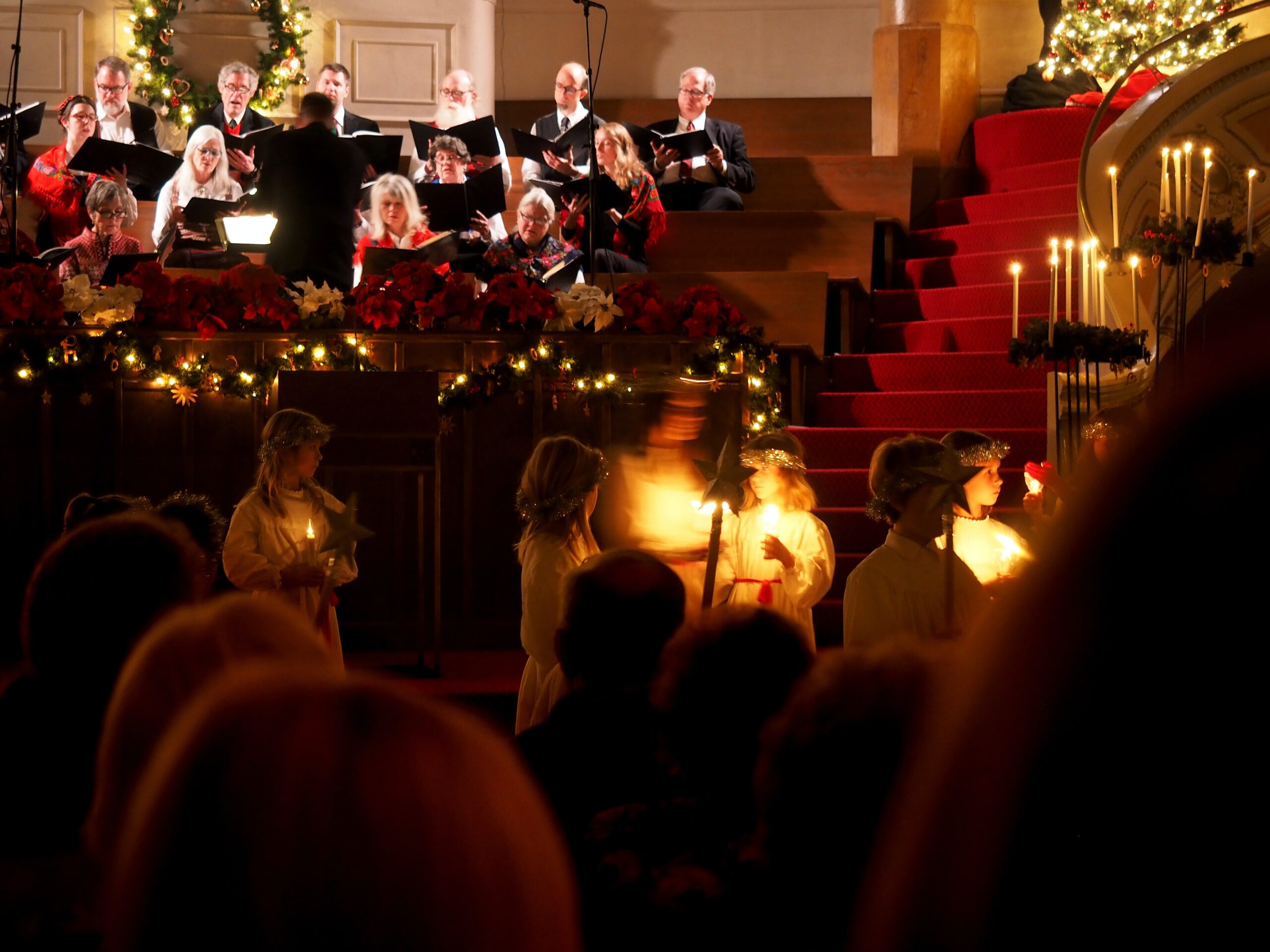Broken Dreams

We’ve all had broken dreams. Maybe you didn’t get the bicycle you wanted for Christmas. Did your cruise to the Bahamas get cancelled? Perhaps you were told, like I was, that you couldn’t be an astronaut when you grow up because you are a girl. Was there a broken dream of having a “till death … [Read more…]





